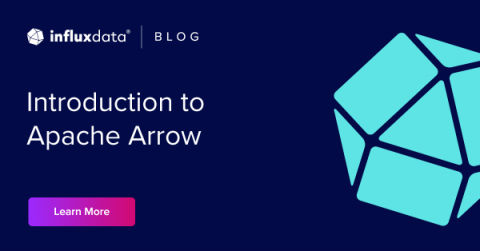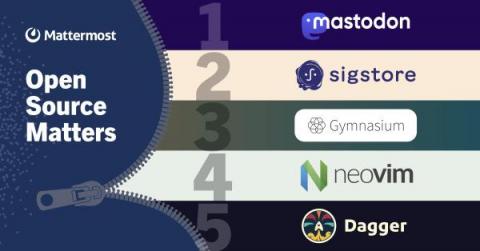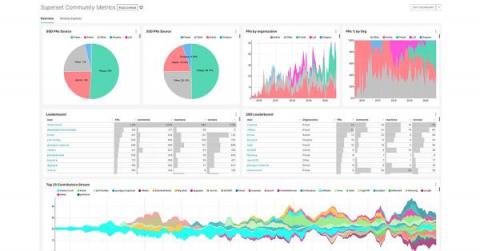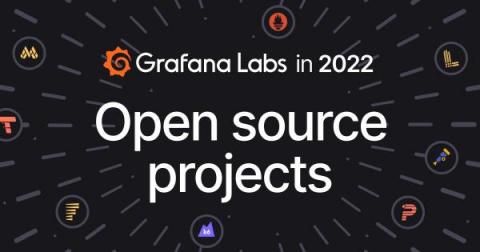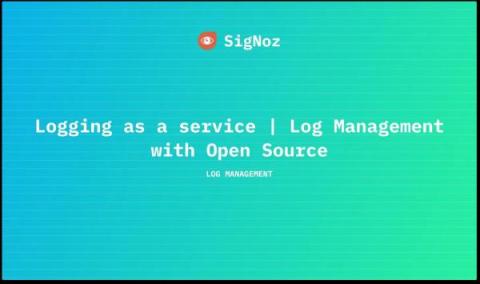Operations | Monitoring | ITSM | DevOps | Cloud
Latest News
Introduction to Apache Arrow
A look at what Apache Arrow is, how it works, and some of the companies using it as a critical component in their architecture. Over the past few decades, leveraging big datasets required businesses to perform increasingly complex analysis. Advancements in query performance, analytics, and data storage are largely a result of greater access to memory. Demand, manufacturing process improvements, and technological advances all contributed to cheaper memory.
Top 10 Git GUI Clients for Linux
Git is an open-source version control system that is used to store code and web content in repositories. Git was designed to facilitate collaborative projects between developers. But leveraging the power of Git via the command line can be challenging to master, so many developers choose to use GUI clients to make using Git commands and actions more visual and simple.
Best Practices to Ensure Sustainable, Enterprise-Wide Open Source Software Adoption
Over the past two decades, adoption of open source software (OSS) among enterprises has become commonplace. In fact, because of the many advantages of open source, it is now almost impossible to find a business that does not rely on OSS. And with the proliferation of modern cloud native apps and microservices, this is only more true. Modern applications are built with open source, and you wouldn’t want to do it any other way.
5 open source projects to contribute to in 2023 | Open Source Matters
Welcome to Open Source Matters, where we cover the latest developments in open source technology. In this special edition, we’re covering 5 open source projects you should consider contributing to in 2023. I’m your host, Ben Lloyd Pearson — now, in no particular order, let’s dive in!
An Introduction to Apache Superset: An Open Source BI solution
With native SQL support coming to InfluxDB, we can broaden the scope of developer tools used to analyze and visualize our time series data. One of these tools is Apache Superset. So let’s break down the basics of what Superset is, look at its features and benefits, and run a quick demo of Superset in action.
Open source at Grafana Labs in 2022: Year in review
At Grafana Labs, we’re all about open source, and this year we took it to a whole new level. Many of you are familiar with the acronym “LGTM,” which is shorthand for “Looks good to me” and commonly used in code reviews. At Grafana Labs, LGTM has also been a guiding rubric in developing our observability stack.
Logging as a service | Log Management with Open Source
Open source in financial services - start with a strong foundation
Financial Institutions (FIs) need to respond with agility and business velocity to keep pace with changing economic conditions. Yet, emerging competition from fintechs and challenger banks and increasing customer expectations is making this task difficult, especially as regulatory and compliance requirements increase. Embracing the next phase of digital transformation is an imperative for financial institutions to sustain and grow in a competitive environment of rising cost pressures.
Kubernetes Lens: Improving Operational Awareness of Kubernetes Clusters
Kubernetes Lens is an integrated development environment (IDE) that allows users to connect and manage multiple Kubernetes clusters on Mac, Windows, and Linux platforms. It is an intuitive graphical interface that allows users to deploy and manage clusters directly from the console. It provides dashboards that display key metrics and insights into everything running on a cluster, including deployments, configurations, networking, storage, and access control.



